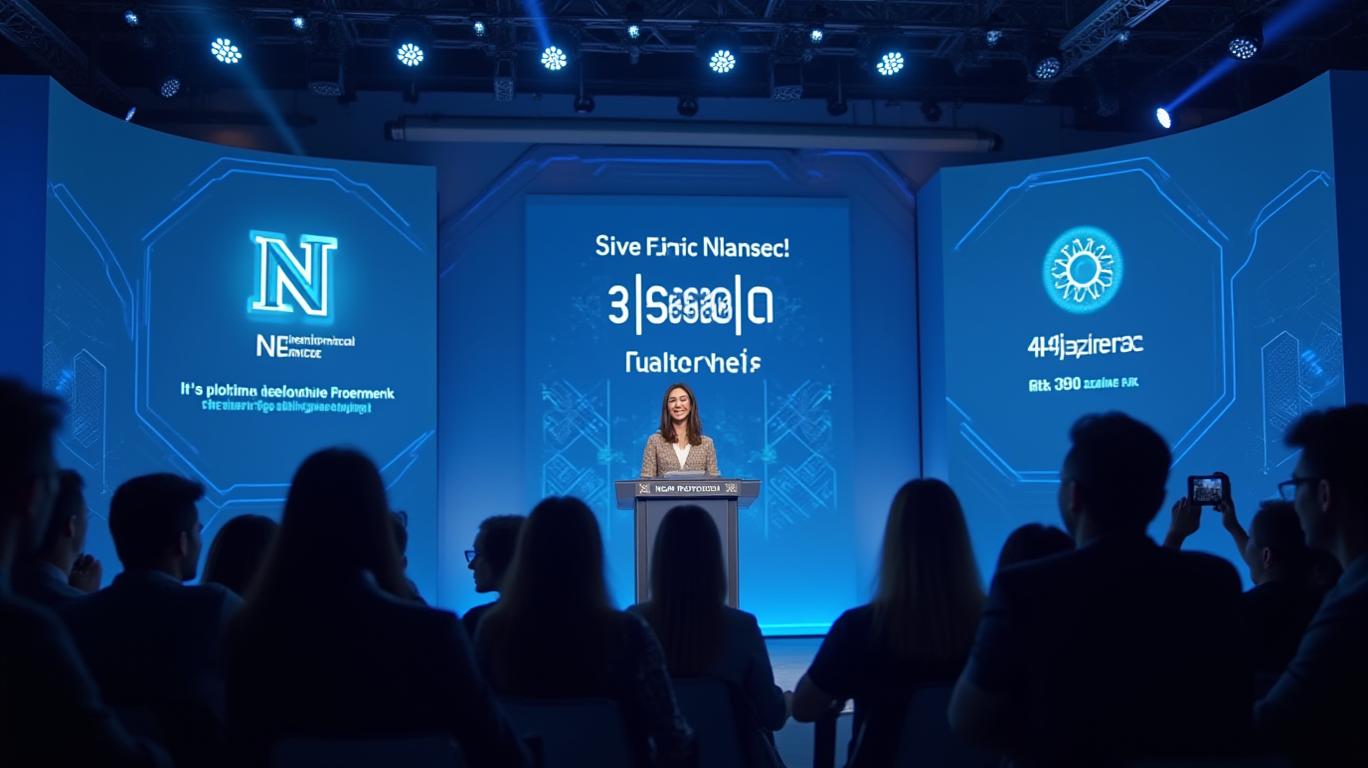Near Protocol Launches Global AI Incentive Program With $500,000 Budget
On May 26, Alex Shevchenko, co-founder of
, took to X to assert that Near Protocol is the foundational infrastructure for the future of the internet. Shevchenko highlighted the platform's long-term potential to evolve beyond basic AI functionalities, responding to Near's statement about user-friendly blockchain features. Near's role in enhancing blockchain usability and supporting decentralized applications was underscored, with a focus on AI agents acting effectively on behalf of users. The goal is to achieve interoperability between multiple blockchains through flexible developer tools.Recent advancements demonstrate how Near Protocol supports AI adoption through user participation. On the same day, PublicAI launched a global incentives program for language contributors. Native speakers can record thirty minutes of audio to train machine learning models, with participants verifying their language skills through a quiz before submitting their recordings. They also review others’ uploads and vote on recording quality. Top contributors share rewards from a budget exceeding five hundred thousand dollars, with the program seeking speakers in languages such as English, Mandarin, and Arabic. This initiative drives broad participation and strengthens community-driven data collection efforts.
Another feature introduced by Near is agent multiplication, aimed at enhancing AI agent efficiency. A single AI agent can spawn specialized units tailored to specific user tasks. For example, one agent can coordinate travel arrangements while others handle weather checks, restaurant bookings, personal schedules, or local information requests. This approach forms a network of collaborative AI agents mimicking human team structures, with developers able to customize each agent’s role to support diverse user requirements.
At its core, Near Protocol employs a modular design for high-speed blockchain performance. The Nightshade sharding
enables parallel execution and low latency globally. This capacity supports cross-chain interoperability and scalable decentralized application growth. Developers benefit from reliable infrastructure when integrating AI into decentralized applications, ensuring consistent performance even during peak network usage periods.Near’s roadmap includes zero-knowledge proofs for secure transaction verification and chain signatures to connect with external blockchain networks efficiently. These tools improve security and data integrity across multiple chains and environments. The design encourages a secure, scalable environment for decentralized applications to flourish, supporting both developer experimentation and real-world blockchain projects worldwide.
Aurora operates as a virtual chain built on Near Protocol’s core infrastructure, providing an Ethereum Virtual Machine environment for compatible application deployment. Developers can leverage low fees and scalability when moving Ethereum apps to Aurora. Staking and liquidity pools offer new revenue channels within this ecosystem, demonstrating how Near can handle high-throughput, blockchain-compatible applications. This example highlights the integration potential for diverse decentralized application use cases and showcases secure cross-chain support for advanced blockchain experiments.
Near Protocol’s strategy positions it at the intersection of blockchain and AI technologies. By simplifying blockchain use, it allows developers to focus on creative AI integration. Tools for scaling and verification support secure decentralized applications growth globally. Agent multiplication and modular design expand possibilities for AI functionality across tasks. Incentive programs like PublicAI encourage real-world contributions to machine learning datasets. Aurora’s Ethereum compatibility further demonstrates Near’s versatile ecosystem potential. These advances suggest a practical path for blockchain and AI
, paving the way for a future where these technologies work seamlessly together.

Comments
No comments yet